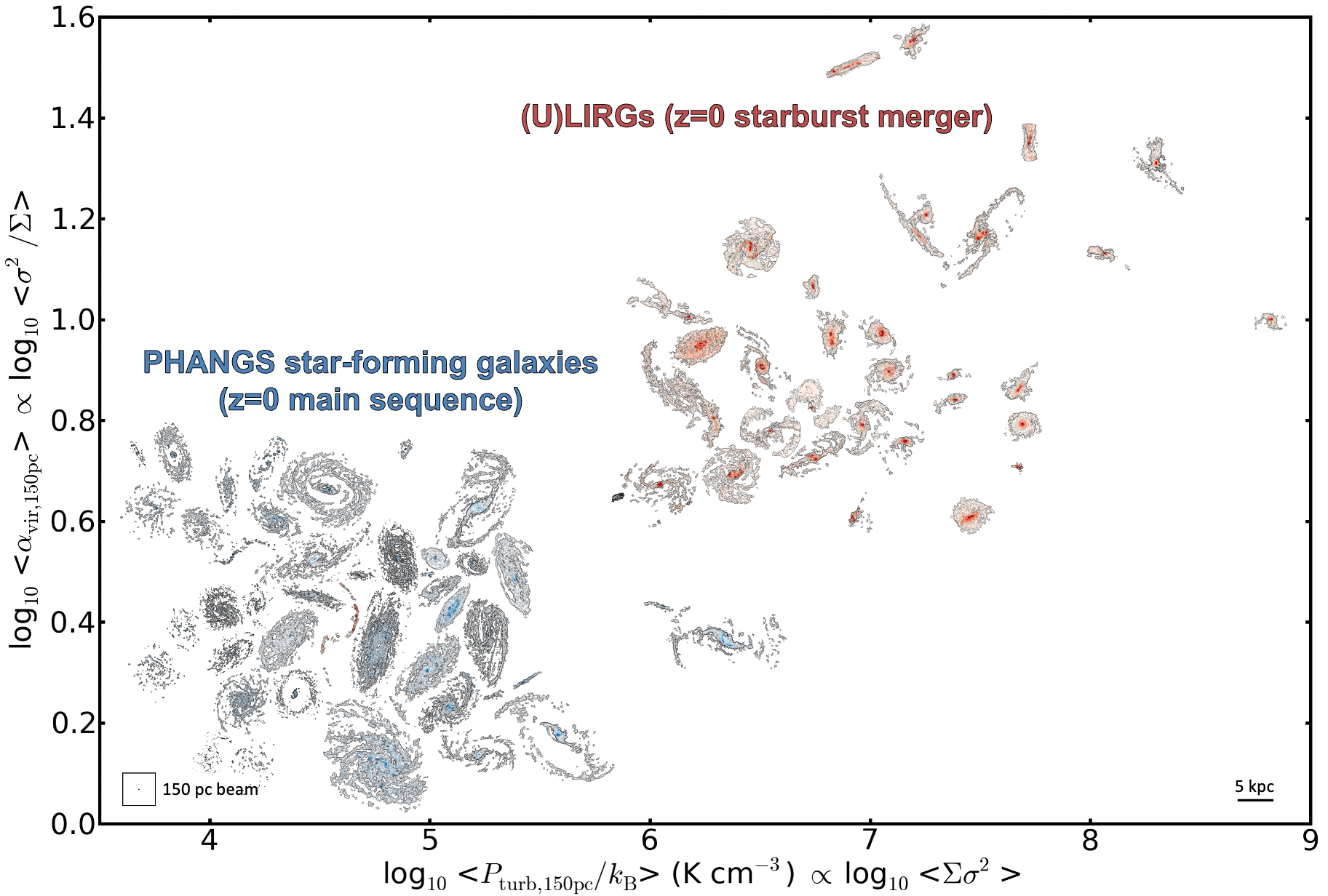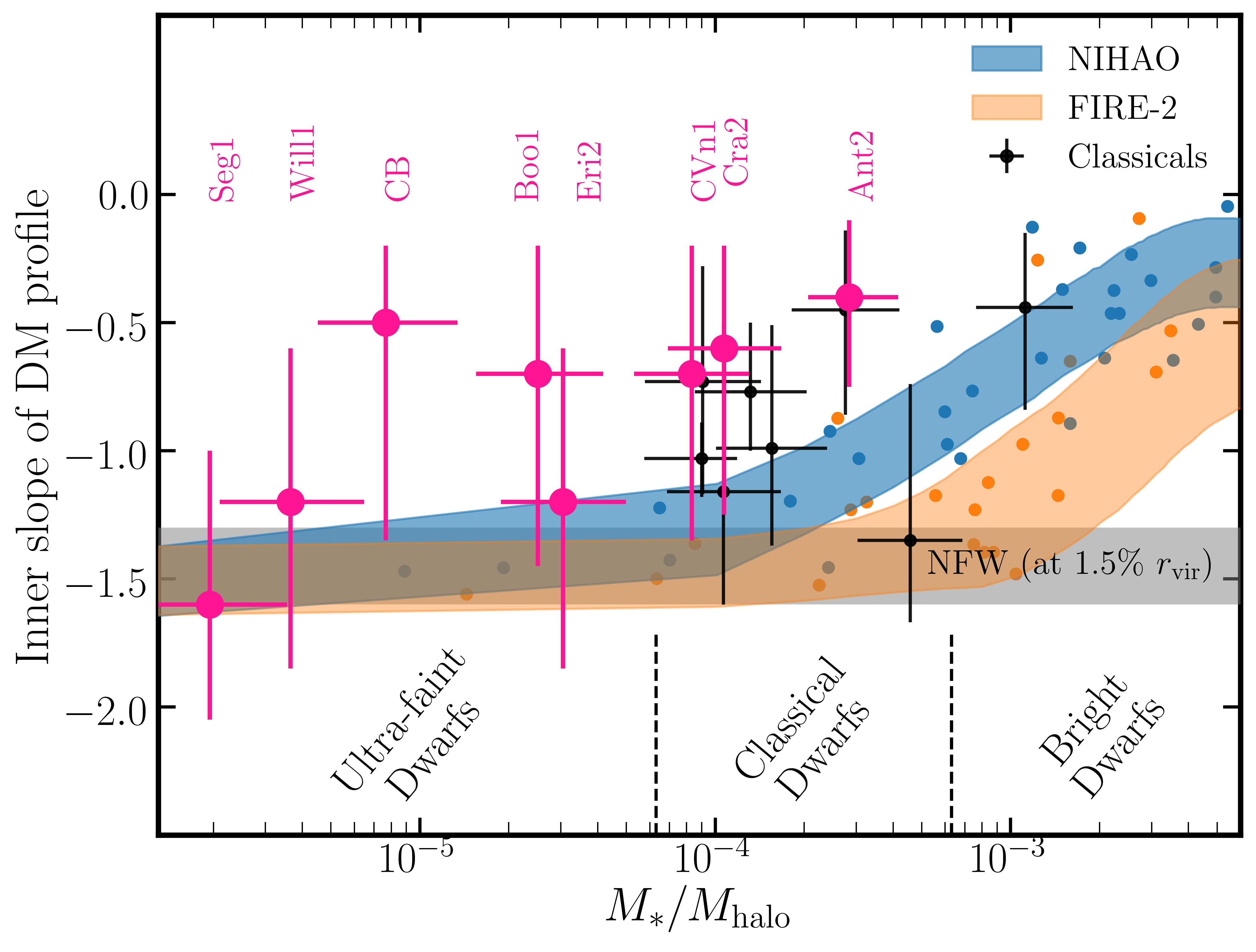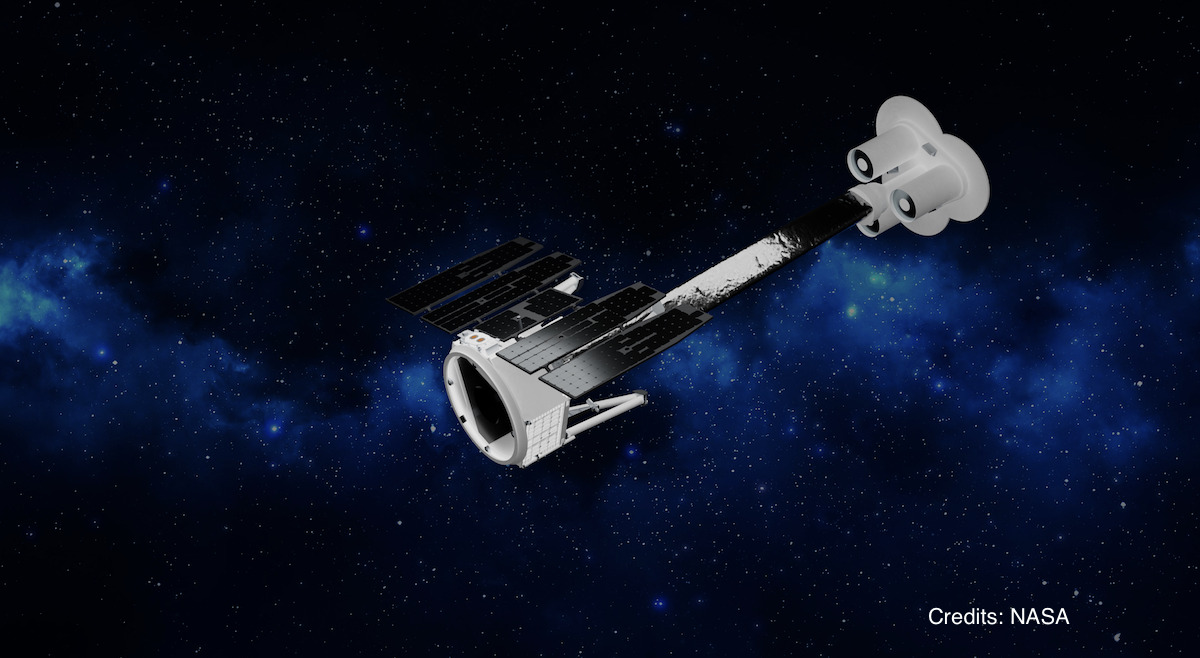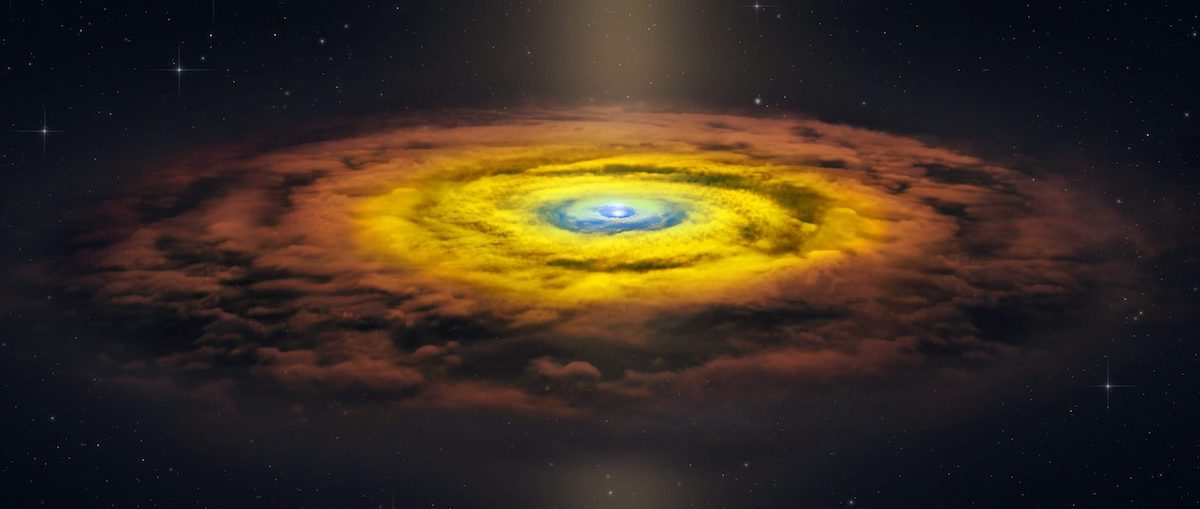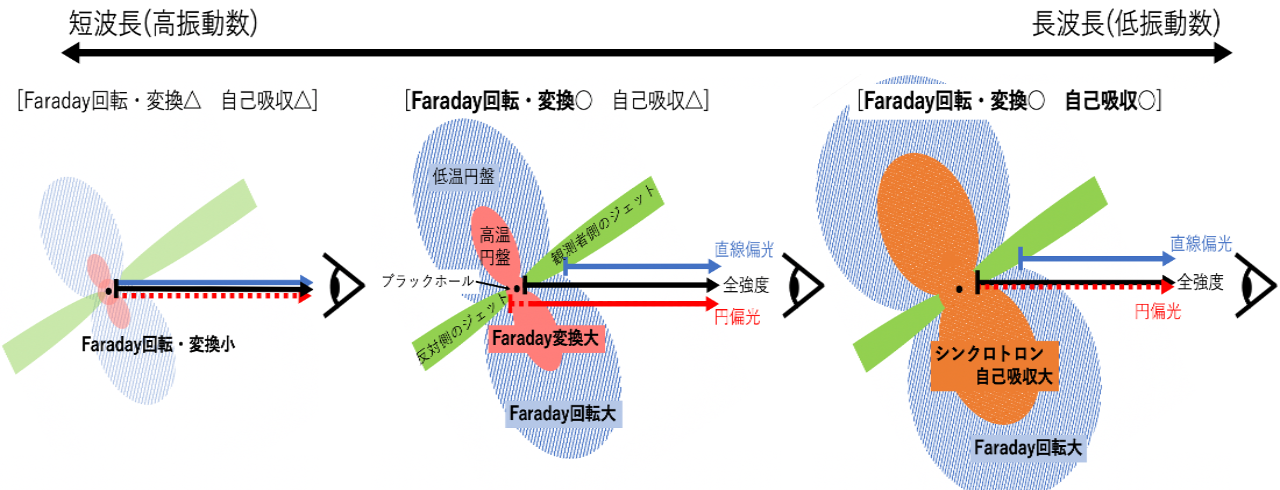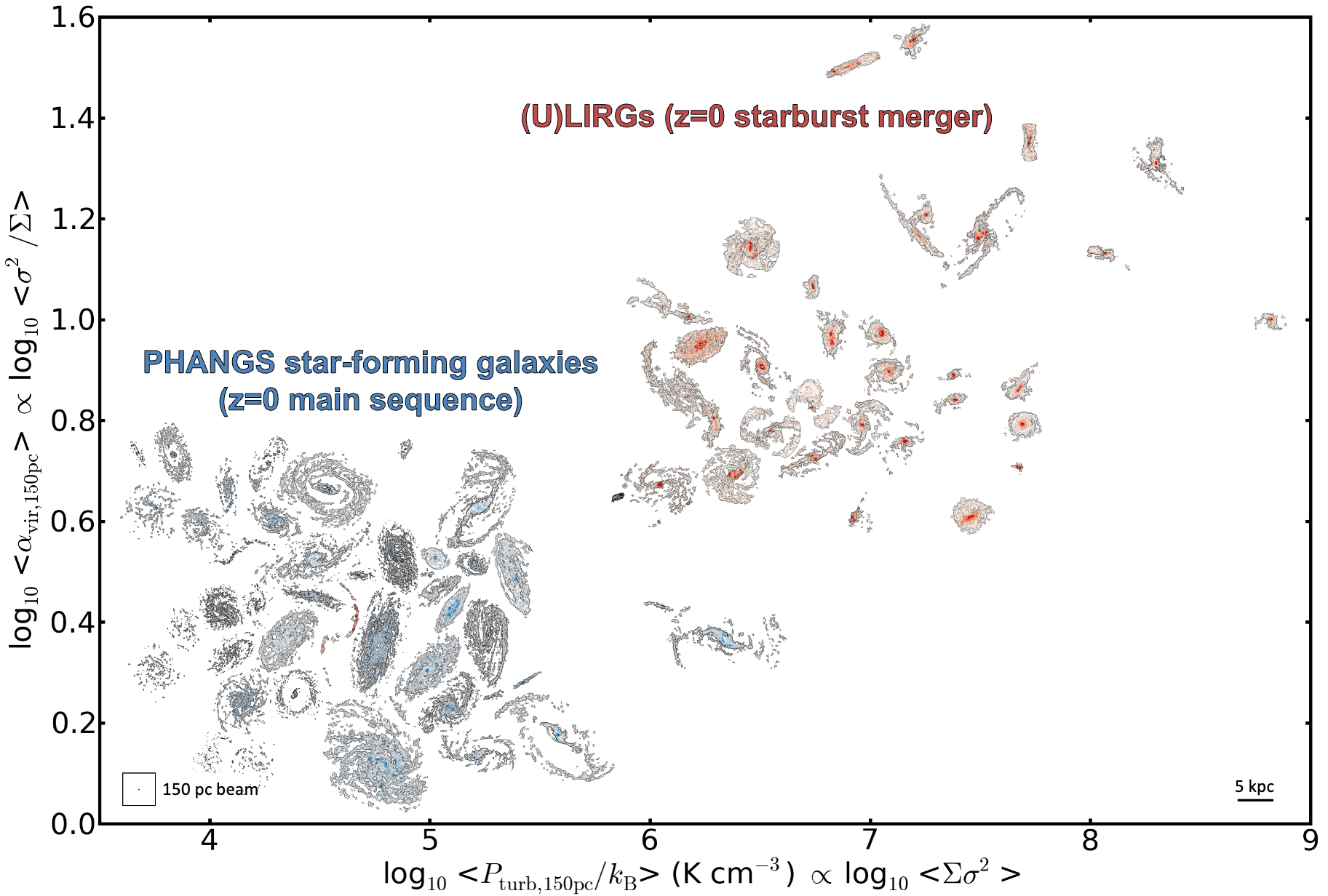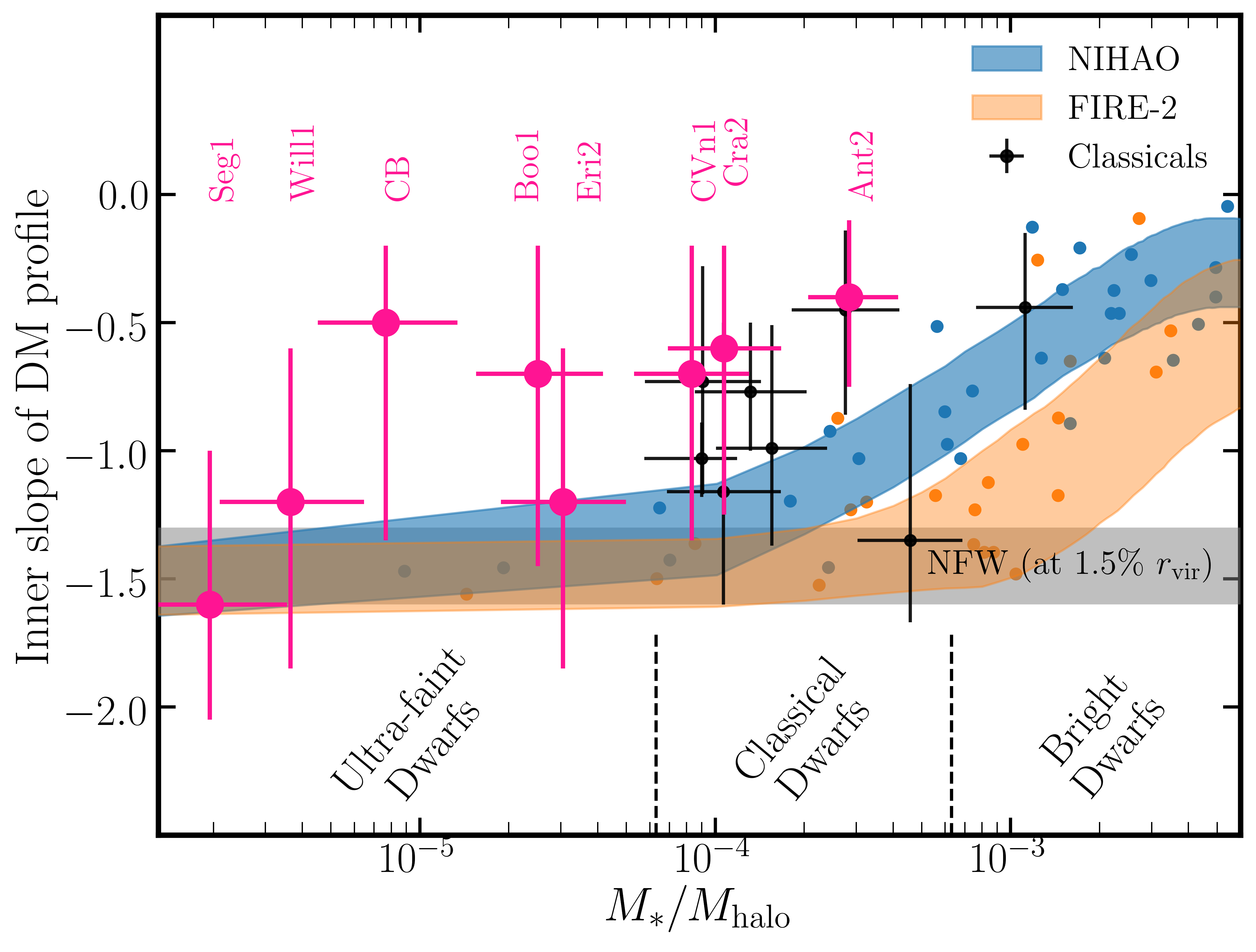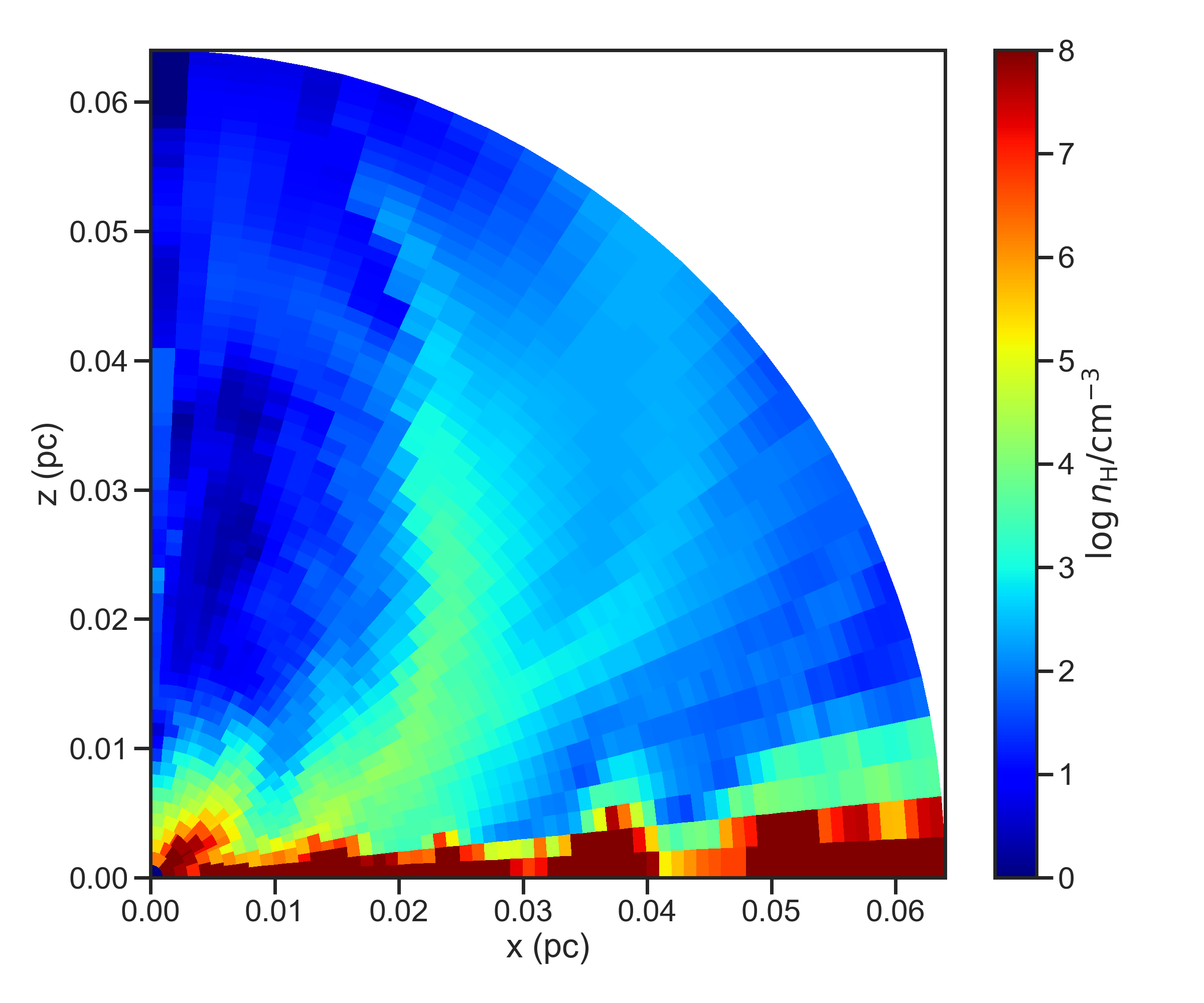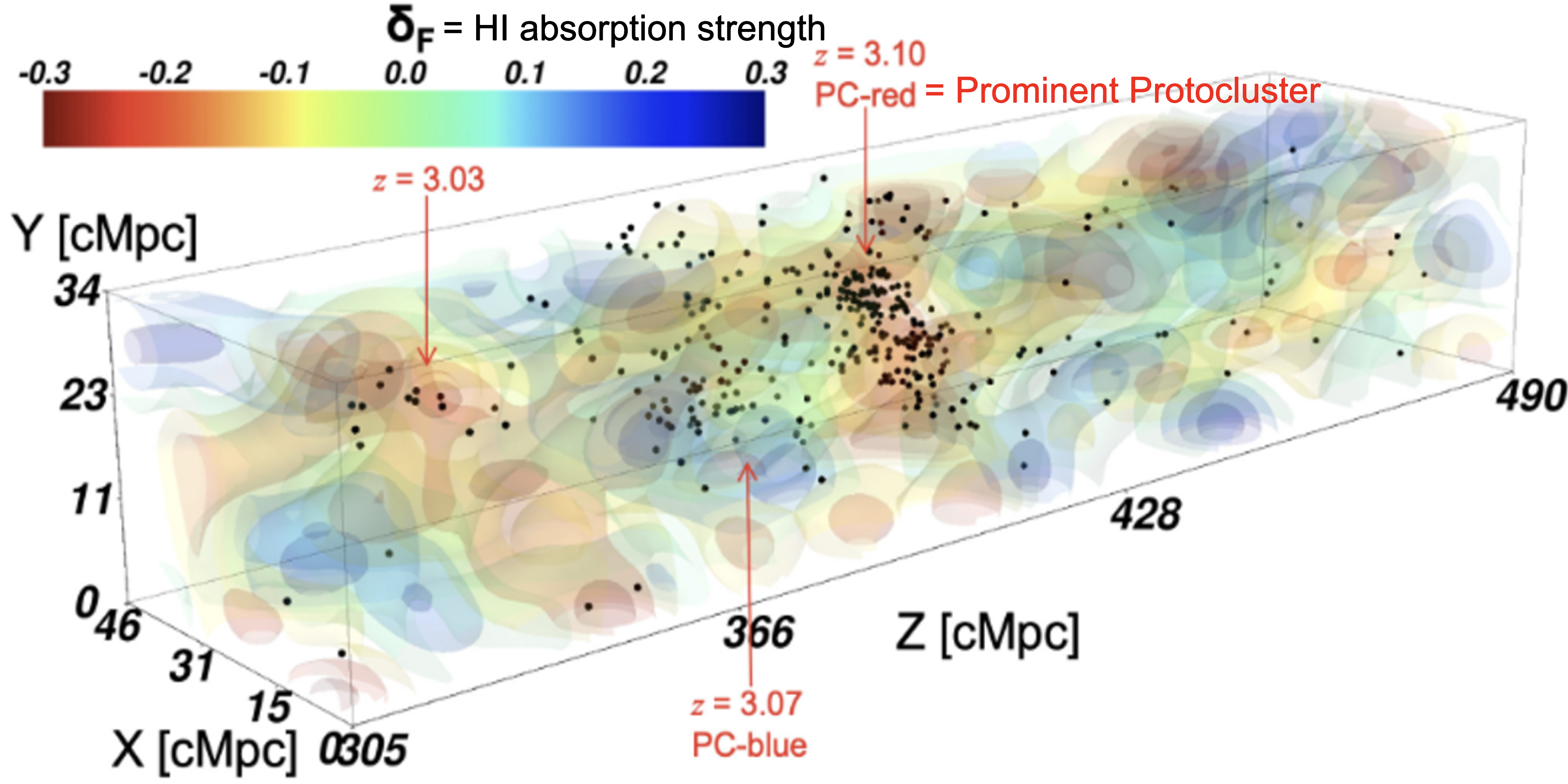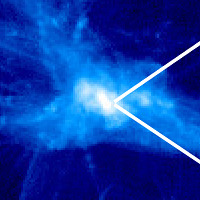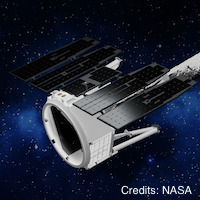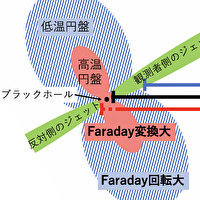ALMA and JWST exploration of high-redshift galaxies (and stars)

Yoshinobu Fudamoto
Chiba University
Extragalactic astronomy is currently in an exciting period. Observing high-redshift galaxies allows us to directly see galaxies in the distant past, dating back to when the Universe was only nearly a few hundred million years old. This remarkable feature has led astronomers to dedicate significant efforts toward finding and studying...


 和 英
和 英 